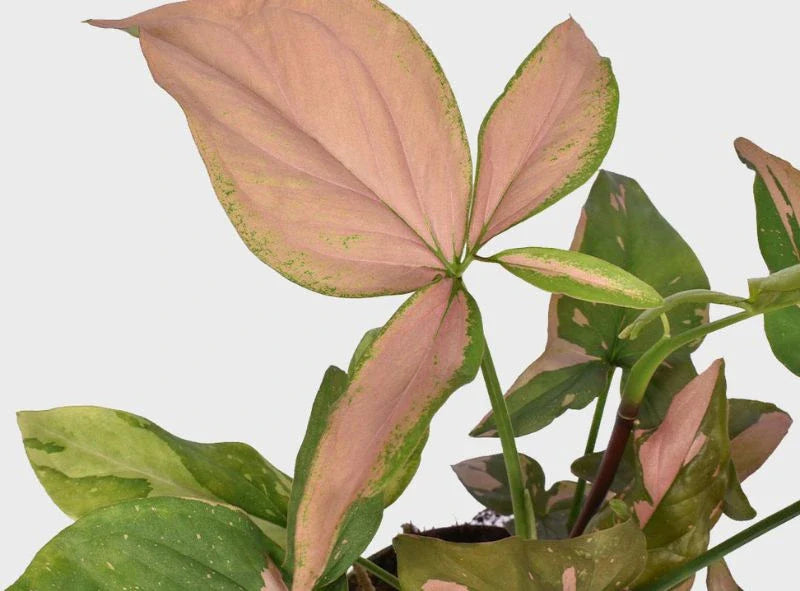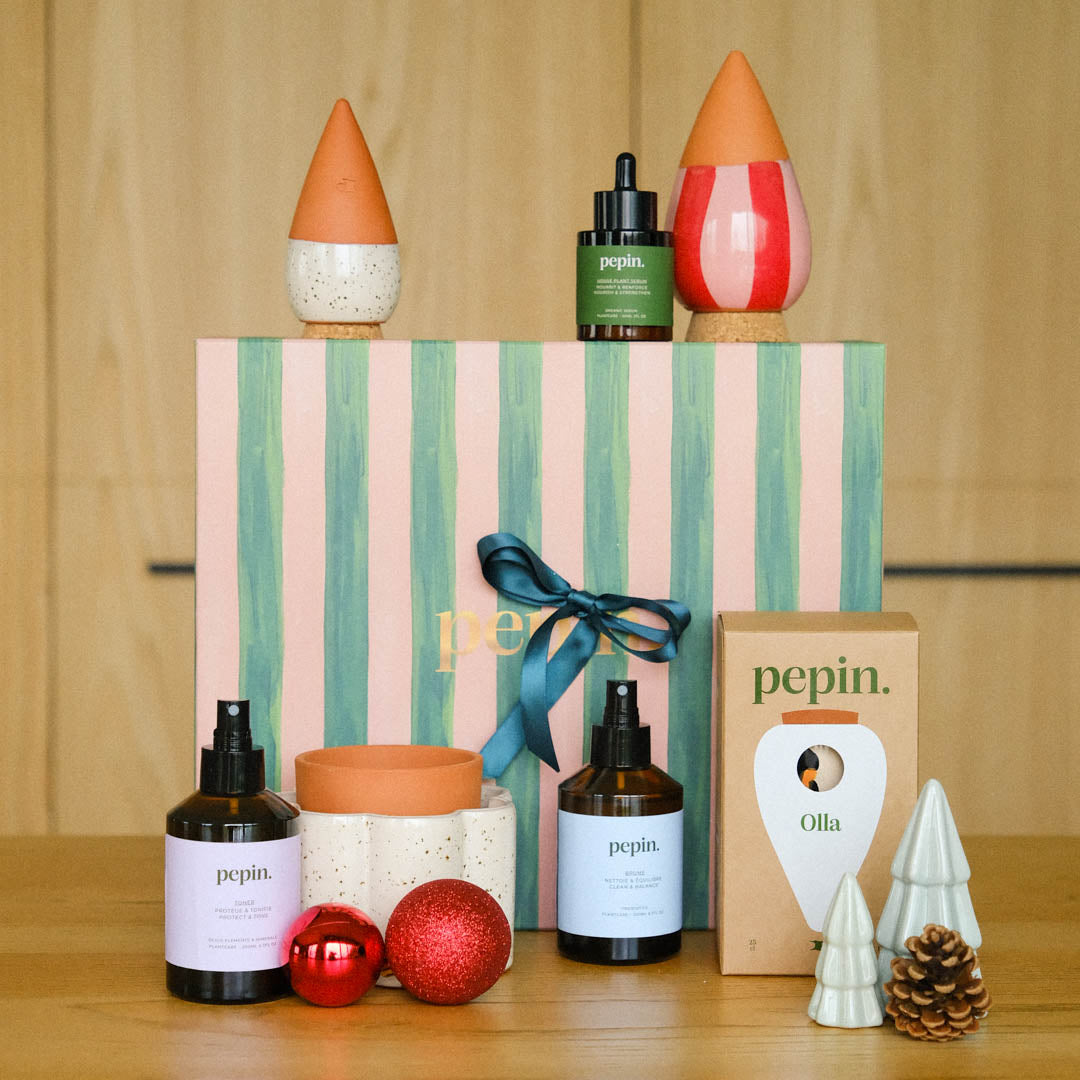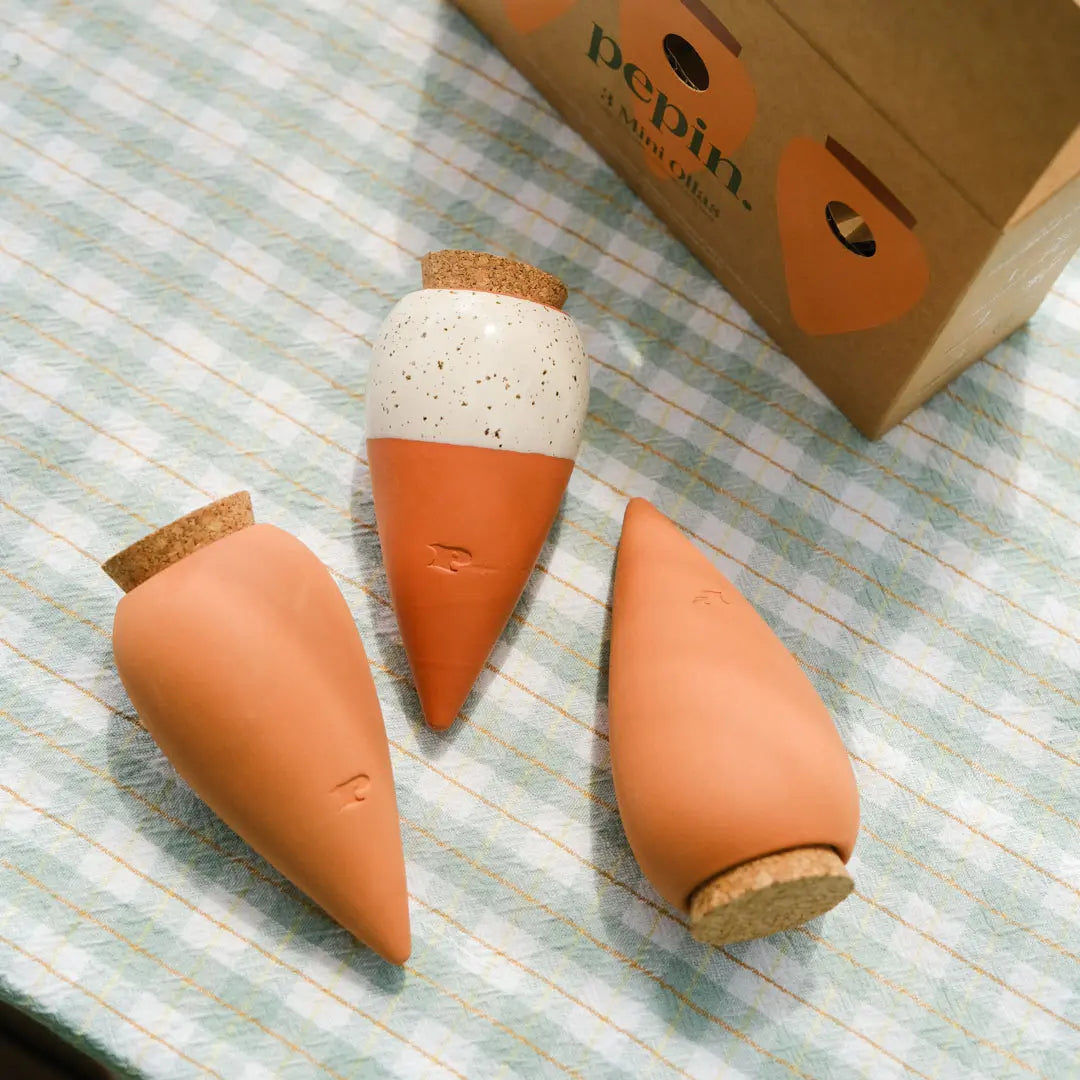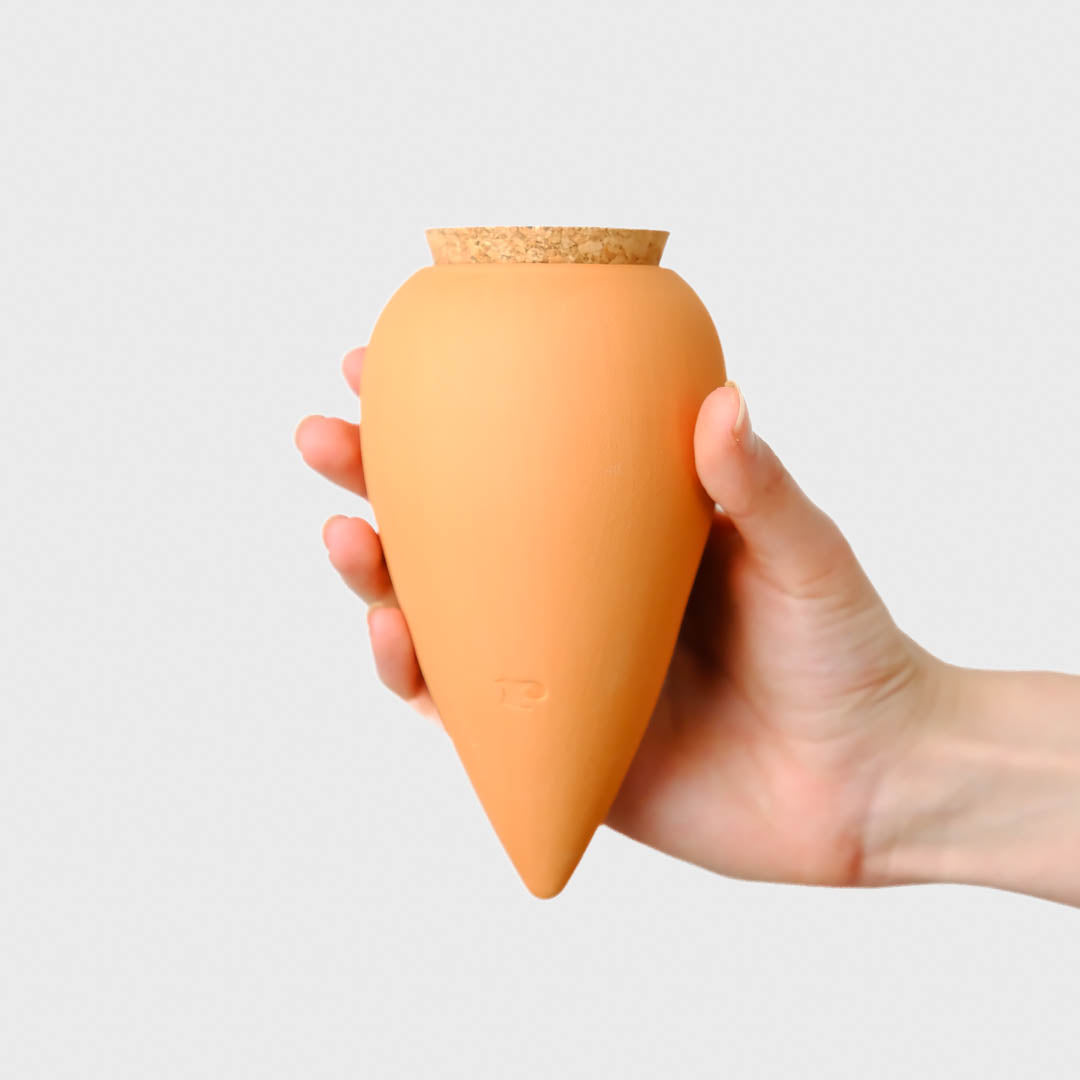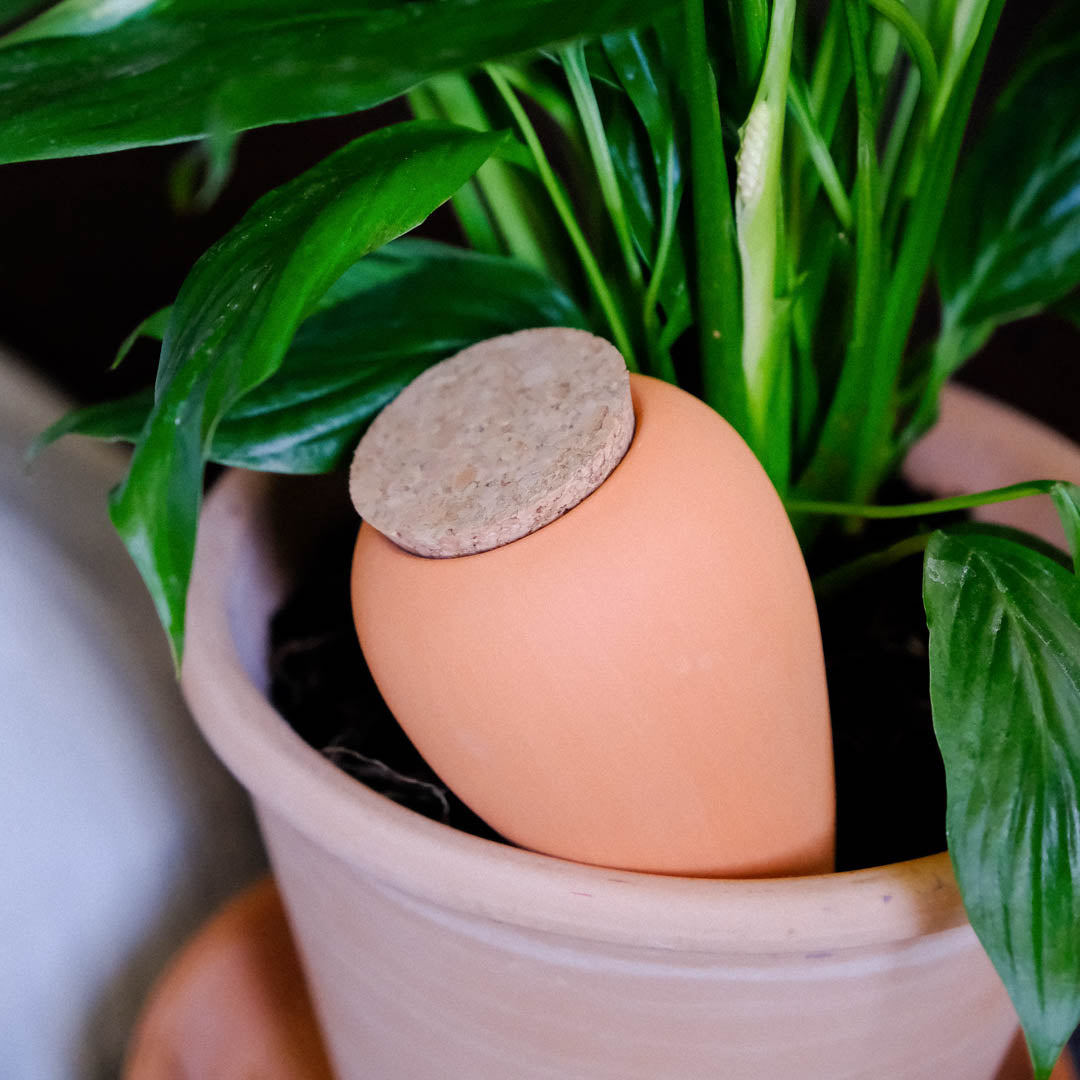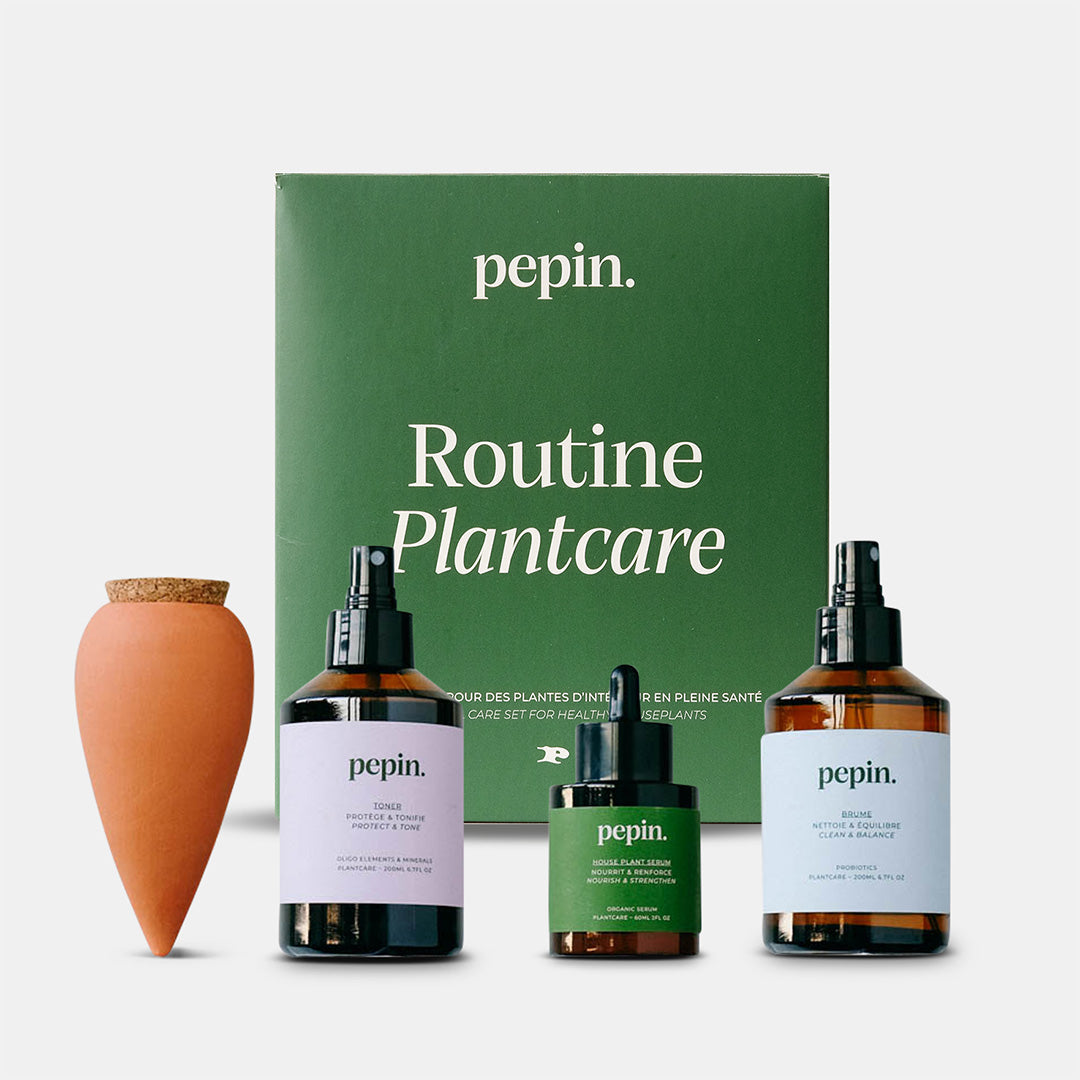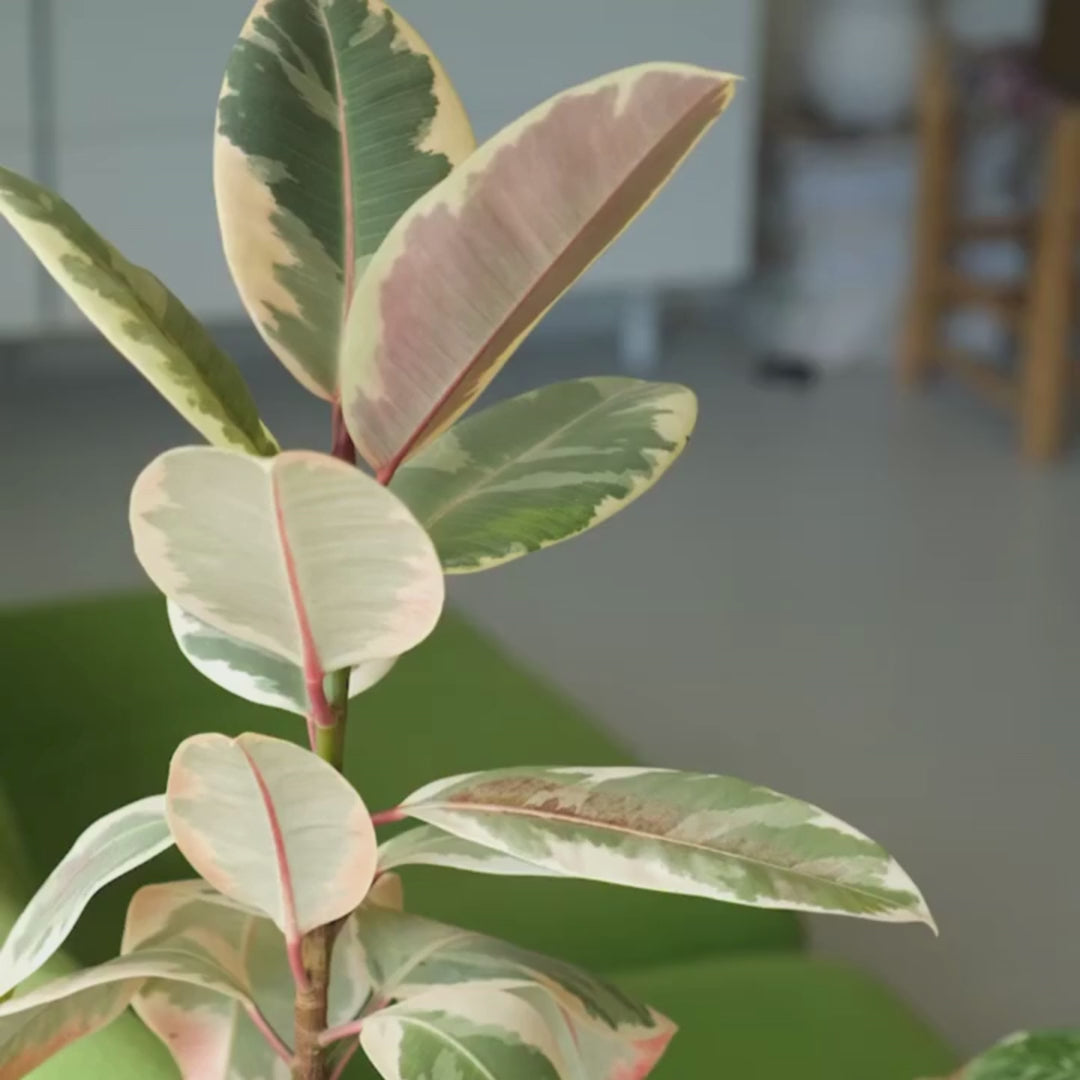- Light ☀️
It prefers moderate to bright indirect light. Avoid placing it in direct sunlight, as this can burn its delicate leaves.
- Watering 💧
Syngonium likes slightly moist soil, but it is crucial to avoid overwatering. Water when the top of the soil begins to dry out, using room temperature water.
- Signs of a sad plant 🤒
Subsidence: soil too dry
Brown and crunchy leaves: need water
- Easy to keep alive ❤️🩹
❤️🩹❤️🩹❤️🩹❤️🩹❤️🩹/5
Syngonium Podophyllum or Nephthytis (its old name), is a houseplant highly prized for its beauty and ease of maintenance.
Native to the rainforests of Central and South America, this climbing plant is perfect for those who tend not to keep their plants alive.
Origin and natural habitat
Syngonium Podophyllum is native to the rainforests of Central and South America. It naturally grows as a hemi-epiphytic plant, meaning that it can grow partially on trees, while spending part of its life in the ground.
This plant is most commonly found in humid, tropical environments.
Although it is native to these regions, it has managed to adapt to various climates and can sometimes become invasive in tropical and subtropical areas such as Florida or Indonesia.
However, in colder climates, such as the northeastern United States, it must be grown indoors to survive.
Morphological characteristics
Syngonium is particularly interesting because of its heterophily, that is, its ability to change the shape of its leaves at different stages of its growth.
Young Syngonium plants have arrow-shaped leaves, you will surely come across them in this form in garden centers and plant stores.
As the plant matures, the leaves begin to divide into several parts, changing from the simple arrow-shaped shape to a more complex leaf that can have up to 10-12 leaflets.
This transformation makes each Syngonium unique and fascinating to observe!
There are many varieties of Syngonium, each with its own distinct characteristics.
Some of the most popular include 'Pink Illusion', known for its pink-tinged leaves, this variety remains relatively compact and bushy; 'White Butterfly', featuring pale green leaves with white veins, and which tends to be slightly more of a climber; and 'Neon Robusta', characterised by its bright pink leaves, adding a vibrant touch to any interior.
Growing and maintenance tips
Syngonium prefers moderate to bright indirect light. Avoid placing it in direct sunlight, as this can burn its delicate leaves.
A window facing east or west is ideal.
If you don't have enough natural light, a grow light can be a good alternative.
Syngonium likes slightly moist soil, but it is crucial to avoid overwatering. Water when the top of the soil begins to dry out, using room temperature water.
During active growing months (spring and summer), maintain constant humidity.
In winter, reduce watering slightly.
This plant thrives in temperatures between 15 and 25°C.
It appreciates high relative humidity. To increase humidity, mist its leaves regularly or use a humidifier. You can also place the plant on a pebble tray filled with water to create a humid microclimate. Use a well-draining potting mix that is rich in organic matter. A mix of houseplant potting soil with a little perlite or sand is ideal.
And a little tip: repot your Syngonium every two years to provide enough space for its roots and renew the substrate.
How to make your syngonium climb
Syngonium is naturally a climbing plant. To encourage this vertical growth, use stakes or trellises.
A moss or sphagnum moss stake can provide ideal support for its aerial roots, allowing the plant to cling and climb more easily.
Make sure the stake is stable enough to support the plant as it grows. Regular pruning of your Syngonium is essential to maintain a compact shape and encourage healthy growth.
Prune back any overgrown or untidy stems just above a node to encourage branching. The resulting cuttings can be easily propagated. To propagate your Syngonium, cut a section of stem with at least one leaf and a node.
Place the cuttings in a glass of water until roots form, then transplant them into potting soil, or plant the cuttings directly into a moist potting mix and place them in a bright, warm location.
To grow your Syngonium cuttings, you can add willow water to your watering water.
This natural preparation based on willow bark is designed to stimulate the root development of your cuttings, seedlings and plants after repotting.
Precautions and common problems
Syngonium contains calcium oxalate crystals, which can be toxic to pets and children if ingested.
It is therefore essential to place the plant out of reach of children and pets.
Interior decoration with syngonium
Syngonium is ideal for hanging baskets thanks to its long, drooping stems. Place the basket in a bright spot but out of direct sunlight.
The trailing stems will add an interesting visual dimension to your space, while providing a touch of calming greenery.
The Syngonium is also perfect for offices. It requires little maintenance and can thrive in indirect light. Place it on a desk or shelf to brighten up the workspace. The plant helps improve air quality by filtering toxins, making it a healthy and aesthetic addition to any work environment.


